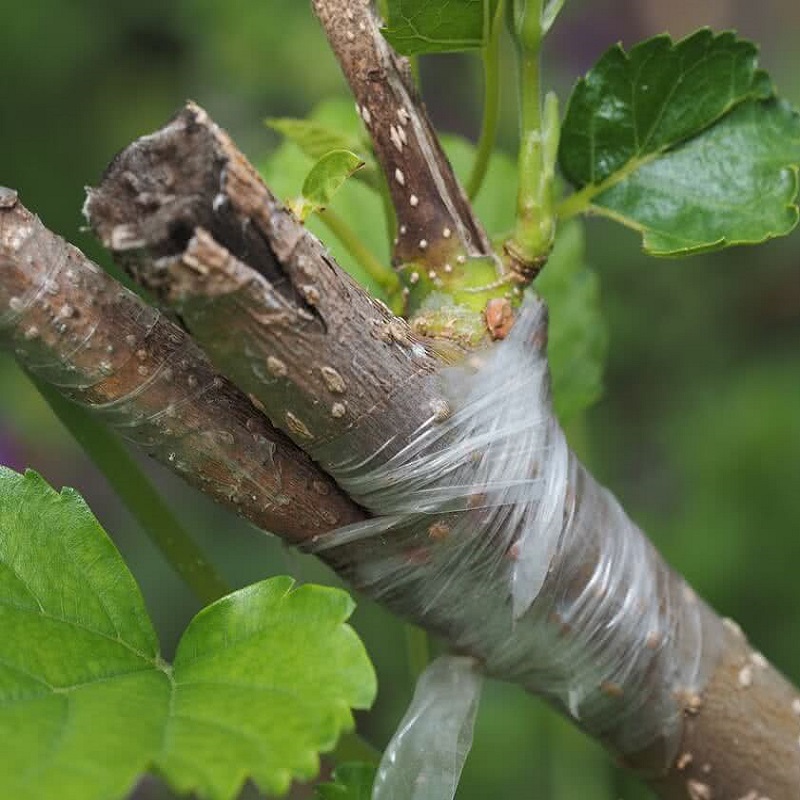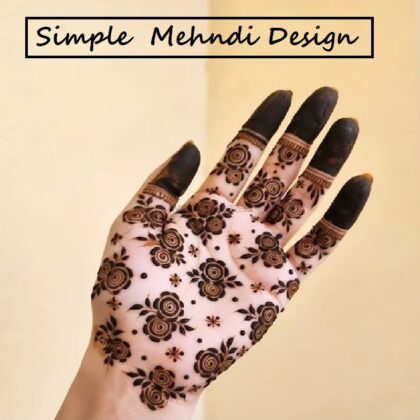
Are you familiar with budding or Grafting? Have you ever wondered what Grafting is and what types of Grafting are? The horticultural techniques that join parts from two or more plants resulting in what appears to be a single plant, are called Grafting or budding. Grafting is an old technique where one plant’s upper part (scion) grows on the other plant’s root system. At the same time, budding is a process in which one plant’s bud is taken and developed on another.
Grafting is an ancient technique whose traces go back to ancient China and Mesopotamia for almost 4000 years. The new plant that grows from the bud or scion will look exactly like the parent plant since Grafting and budding are asexual or vegetative propagation methods.
Let us go through this article to learn more about what Grafting is and the different types of grafting in detail. Read on!
What Are The Reasons For Grafting?
One of the prominent reasons many people choose to go with the grafting method of propagation is that they want the plant to inherit some of the characteristics of the rootstock. Some of the traits include disease resistance, drought tolerance, or hardiness. Here are some of the reasons why people consider grafting as an option for propagation:
- Grafting is often chosen when one wants to change varieties or develop new cultivars. You can get an improved variety or cultivar if the scion is compatible with the rootstock.
- Certain fruit trees require pollination by a different variety of fruit trees. This is because they cannot self-pollinate, and this process is called cross-pollination.
- Grafting can be an excellent option to take advantage of particular rootstocks with superior growth habits.
- When there is an incompatibility between scion and rootstock, the resulting interlock can be particularly valuable and beneficial. Some of the benefits include cold hardiness or disease resistance.
- You will be able to perpetuate clones of a particular plant with the help of Grafting, unlike vegetative cutting.
- Whether caused by maintenance equipment or by disease, winter storms, or rodents, there is always damage caused to plants. The procedure called inarching, bridge grafting, or approach grafting is used to repair the damage to the plants.
Advantages of Grafting
Despite being labour-intensive, vegetative propagation by Grafting is undertaken for several reasons. Here are the advantages associated with it:
- It helps impart hardiness or disease resistance which is found in the rootstock.
- It shortens the first flower production time of fruits or flowers by the scion.
- You can retain the leaf, floral, or fruit characters in scion cultivars.
- Grafting provides the most economical use of scion material if you have stem-cutting-producing roots.
What Are The Types Of Grafting?
An asexual plant propagation that joins different plants together so they can grow as one plant is called Grafting. Here is a list of varying grafting techniques to help raise plants efficiently.
1. Cleft Grafting:
Cleft grafting is one of the most basic and widely used techniques for changing the varieties of flowering and fruiting trees. For example, cleft grafting can be an ideal choice when propagating camellia varieties that are difficult to root. This Grafting is usually done in the early spring and winter when the rootstock and scion are still dormant. Lateral or scaffold branches or main stems are used to perform cleft grafting.
2. Four Flap Grafting:
Also called the banana graft, the four-flap graft became popular in Oklahoma in 1975, where it is commonly used for pecans. Though it is a complex graft, the four-flap graft is heralded for maximum cambium overlap. In this technique, the rootstock and scion must be the same size. Next, the rootstock’s bark is sliced and peeled back into four flaps while removing the hardwood. This entire structure looks similar to a peeled banana. However, the four-flap graft is challenging to learn.
3. Side Veneer Grafting:
One of the popular techniques to graft different varieties of rhododendrons and camellias that might be difficult to root is called the “side-veneer graft.” Usually done on potted rootstock, side-veneer Grafting is a popular way to graft conifers with a compact form. Side-veneer grafts can produce various types of upright juniper and dwarf conifers, such as spruce and pine.
4. Bark Grafting:
Bark grafting is a plant grafting technique primarily used to top-graft fruit and flowering trees. In contrast to cleft grafting, this technique can be used on larger-diameter rootstock. It is usually done before primary sap flow when the bark slips easily from the wood during the early spring. Then, a sharp saw is used to sever the rootstock, which leaves a clean cut similar to cleft grafting.
5. Splice Grafting:
When you join a scion onto the rootstock’s stem or an entire root piece, the tree grafting technique is called splice grafting. This simple method is usually applied to herbaceous materials that knit or calluses quickly. It can also be used on plants with 12 inches or fewer stem diameters. In splice grafting, the diameter of the stock and scion must be the same.
6. Budding:
As the name suggests, budding is a grafting technique where a single bud is taken from the desired scion instead of an entire scion containing many buds. Most of the budding is done either during the growing season or before. However, the budding technique is used during some species’ dormant periods, during the winter.
Remember that Grafting and budding require the same precautions. These precautions include making sure the rootstock and scion are compatible, the rootstock and scion’s cambia match, and the scion has mature buds. Budding is a popular plant grafting technique for deciduous fruit and shade trees.
What Tools Are Used For Grafting And Budding?
Along with knowing different types of grafting in plants, it is also necessary to understand the tools used in budding and grafting techniques. They are:
1. Knives:
Budding and grafting knives shouldn’t be used for whittling or carving wood because they are explicitly designed for budding and crafting. The knife models are available in either left- or right-handed versions. Unlike conventional knives, the ones intended for Grafting and budding have a blade that is bevelled on only one side. If you want the cutting process to go smoothly, it is advised that you keep your grafting and budding knives razor-sharp.
2. Pruning And Lopping Shears:
Rather than the blade and anvil type, the pruning and lopping shears should be the sliding blade or scissor type. These instruments can cut the stems or leaves without crushing the plant tissue. Keep your pruning and lopping shears razor-sharp to have clean, close cuts.
3. Grafting Tools:
A device designed for making the cleft graft is called a “grafting tool,” which is used when the diameter of the rootstock is more significant than one inch. You can split the stock with the wedge-shaped blade and open the cleft where the scions can be inserted with the help of the flat pick. Once the flat pick is removed, the cleft forms to hold the scions in position.
4. Wax Melter:
The tool used to seal the graft and bud junctions is known as a “wax melter.” Modified kerosene lanterns are used to make the wax melters. A tiny tin pot replaces the chimney, serving as the wax receptacle. You can melt the wax without burning it when you keep the flame low.
Grafting and various types of Grafting are terms that many gardeners are familiar with. However, suppose you are a novice and want to know everything about grafting and implementing it in your garden. In that case, we hope the information provided in this article can be helpful. Don’t forget to let us know if you found the article useful!
Frequently Asked Questions
What is the difference between budding and Grafting?
The horticultural techniques that make a plant appear as a single one even though it has joint parts from two or more plants are called budding and grafting techniques.
• Grafting is the transfer of the root system of one plant to the upper part of another plant.
• Budding, on the other hand, occurs when a bud grows on one plant that was taken from another.What is the difference between Air layering and Grafting?
Regarding artificial vegetative propagation, layering and Grafting are some of the most commonly used methods.
• Grafting: You can get the parent stock plant’s desirable characteristics into different scion plants.
• Air layering: A method that is used to propagate shrubs and new trees where the stems are still attached to the parent plant is called air layering. The stem is wrapped in damp moss to encourage the roots to form.What is the difference between cutting and Grafting?
• The process in which a stem is cut and put in damp soil is called cutting, and the stem might grow into new plants. First, however, having a primary meristem is necessary.
• Whereas Grafting is a process of uniting the plant components of two different plants. This process results in a single plant with the characteristics of both plants since there is no necessity for the primary meristem.


















